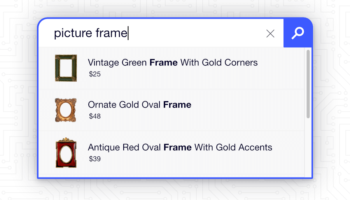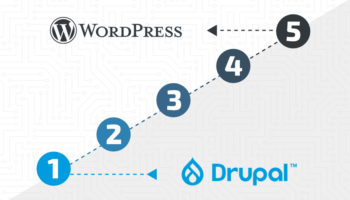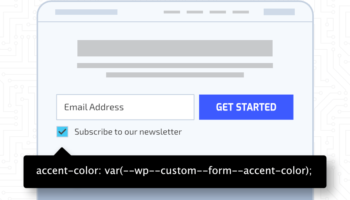You might have noticed after you visit a webpage, the subsequent page visits are faster than the first. This is largely due to caching, a technology that either stores data on the user’s machine or the server so information can be accessed faster in the future.
What Is a Web Cache?
Web caching is a technology that speeds up a webpage after it has been viewed for the first time. Caching accomplishes this by temporarily storing static assets (such as images, HTML, CSS, and JavaScript) from the webpage so it can be easily accessed later on.
Correctly using a cache can increase website performance, and a faster website can lead to higher conversion rates.
Types of Web Caches
When it comes to web caching, there are two main types: browser caching and server caching.
Browser Caching
Browser caching temporarily stores files like HTML, JavaScript, CSS, images, and media files on the user’s computer. When a user visits a website, the browser temporarily saves the files so that they can be displayed again when the user revisits the page. Because the browser doesn’t need to send a request to the server to retrieve the files, the webpage will load faster after the first load.
Without the file request, how does the browser register if the website has updated content? If browser caching isn’t done right, the user will see an outdated version of the website.
ETag and the Expires header can be used to ensure that the user’s browsers will load the latest version of a website.
The ETag HTTP response header is an identifier for a version of a resource or file. Whenever a resource or file changes, the ETag must be generated. By comparing the outdated ETag to the new ETag, the browser will know to request for updated files.
The Expires HTTP header contains a date and time after which the cached version of the website is considered stale and removed. The date and time can be set by the web administrators.
Occasionally, there can still be caching issues, even when the ETag and Expires headers are used. In this case, users can manually clear their own cache by performing a hard refresh. A hard refresh can be done with a combination of key presses. As this can vary by browser and operating system, you should be able to find the combination for your browser and operating system by doing a quick web search.
Server Caching
When a browser makes a request to a webpage, the server processes the request and sends the response back to the browser. With server caching, after the server processes the request, it remembers it for the next time it needs to deliver the same data.
Similar to how browser caching remembers what it has loaded, the server remembers what it has sent and can send it again without having to process the request. This means that the user will retrieve the resources much faster than having to wait for the server to process the request again.
One of the biggest advantages of server caching is that many users can be on the website simultaneously without it timing out or slowing down and possibly delivering an error message. Without having to process the same requests over and over again for all of those users, the server can quickly deliver the cached pages.
Full page caching and object caching are server methods. A full page cache is when the server remembers the entire page. An object cache, however, only remembers parts of the page. Full page caching is useful for static content like a blog post, whereas object caching is more useful for resource-heavy content like results from a database query.
Conclusion
Web caching can significantly increase the speed of your website without sacrificing anything. When browser caching and server caching are properly used, the website will have:
- Faster load times so users won’t have to wait as long for information on the page.
- Decreased server load so the server doesn’t crash when there’s a lot of website traffic.
Users can spend more time actually using your website (and hopefully converting to leads) rather than waiting for pages to render or to get a response from the server. If your site isn’t already using a cache, contact the experts at Hall or your web administrator to set this up as it offers too many benefits to pass up.





